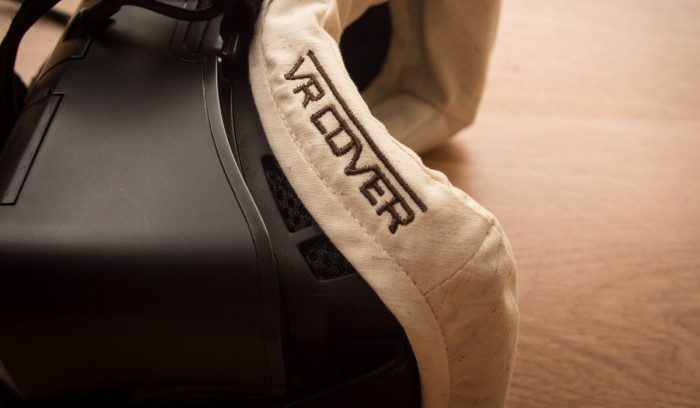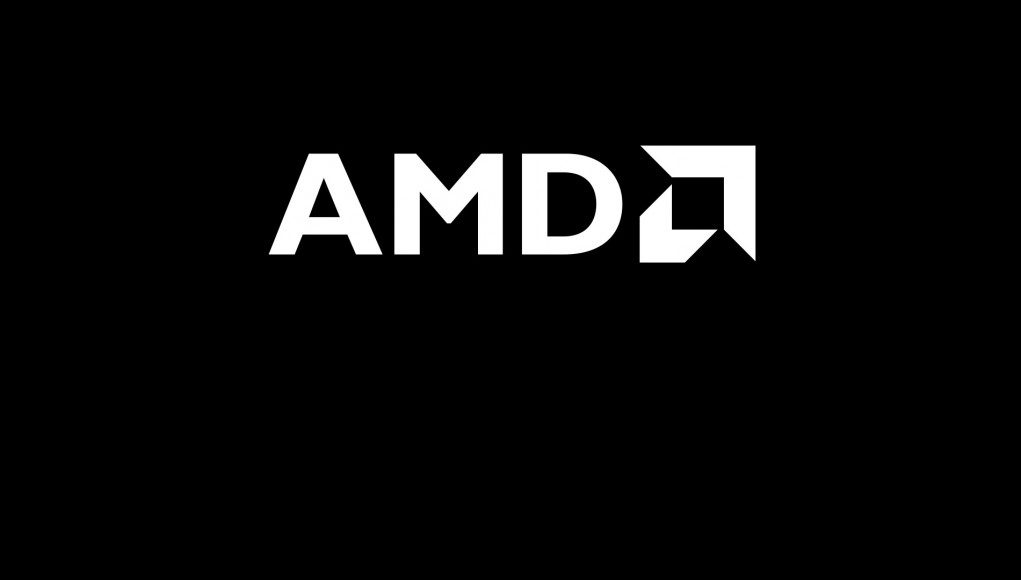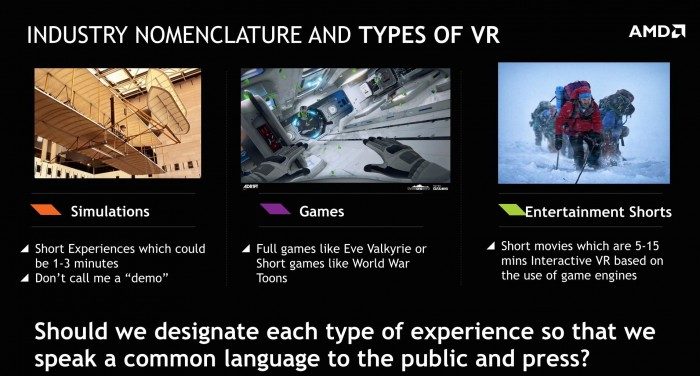Industry Nomenclature and Types of VR
One of the common themes running throughout the Council’s session was that of communicating such an alien technology as virtual reality to an unsuspecting, uneducated consumer market.
Even as a journalist and enthusiast in the VR space, I can tell you that being consistent with your terms in reference to VR technologies and experiences is tough. So imagine just how difficult it might be conveying the myriad terms associated with VR to say, an older relative. Clear, concise and jargon-free nomenclature is going to be vital in tackling consumer confusion. This is true for both hardware and software.
For hardware, terms such as IPD, FoV, FPS, Low Persistence etc. are just plain confusing. Being able to encapsulate attractive properties in a device whilst cutting through the technical ‘crap’ is vital. So synonyms or colloquialisms may be needed.
It was challenges in describing the new wave of software being built for virtual reality that occupied the lion’s share of the discussion. When you consider that VR will likely allow entirely new types of entertainment to emerge, how on earth do you avoid confusion when you’re trying to persuade someone to buy it?
‘Experience’ is one term that is used to generalise types of VR applications that aren’t easily pigeon-holed by existing standards. This is where the Council agreed more clarity was needed.
AMD’s Retail representative suspects that “Ego gratification” may be a strong sales draw in the early days. Why invite a friend over to watch your 70 inch TV or check out your car when you can take them up Mount Everest at your house? These experiences need to be “bucketised”, so that retailers are armed to target consumers with terms that sell, said the AMD representative.

For content creators too, avoiding certain terminology when referencing their own creations may well be key where monetisation is important. Calling a VR experience a ‘Demo’—a term the VR community has become used to in the first three years of the industry—cheapens a creator’s work and diminishes its value. Having ways to describe these experiences is key to allowing developers monetise their work.
A representative from Best Buy said that, although the term ‘experience’ is generally ok, it’s used to describe so many different saleable items that the term could be “diluted” and not strong enough to sell VR appropriately.
More specifically, VRideo’s representative spoke of just one content segment’s naming difficulties. “There’s many different types of VR video out there…”, naming ‘360 degree’, ‘spherical projection’, ‘180 degree’, with some stereoscopic and some monoscopic—they used the term ‘immersive video’ to clearly group them.
Outside of these main topics, practical concerns of retail VR were also in abundance. Subjects like hygiene when demonstrating VR to a stream of customers and just how much floor space should bricks and mortar stores set aside for demonstrations. The Best Buy representative viewed the market as being premium initially and needing to pitch the demo experience to match. The USC Entertainment Tech Center delegate believed demonstrations weren’t workable at all, citing broken 3D glasses of the short-lived 3DTV phase in shops across the lands tainting consumer experience.

On the creative front, the positivity surrounding VR’s possibilities were balanced against problems with how to mitigate risks of developing for VR with no current install base. Shayla Games’ representative said that they were having to consider delivering their content episodically to mitigate financial risk. Reload Studios meanwhile commented on designing their game to scale across multiple platforms, so that they can sell into a broad range of VR platforms, from mobile to high-end – again, mitigating themselves against an uncertain market.
VR is about to exit its honeymoon period of hardcore enthusiasts, it’s about to get real, with a lot of money at stake. AMD’s assembled Council was a rare opportunity to gauge what some of the world’s biggest players, responsible for defining how the general public will access and experience VR, think of the technology, and further, how they envisaged the consumer retail experience.
The good news? They’re excited and for the most part understand how big VR could potentially be. However, they also see challenges unique to VR facing them soon as products hit retail. It’s clear that retail language needs to expand to accommodate virtual reality’s breadth of offerings – this will likely involve trial and error in the short term.
So where now for the VR Advisory Council? If the event is deemed a success by the attendees, AMD will endeavour to form a non-profit organisation as overseers of the group. That may well include invites for Intel and NVIDIA too by the way, just in case you were wondering.
And much as the phrase ‘non-profit organisation’ generally makes my blood run cold, I can’t help but believe that these discussions are valuable to the industry’s gestation. So, I’m hoping we’ll see the Council’s return in 2016. With all major VR hardware set to have reached market by then, it’ll be fascinating where the discussion leads next.








